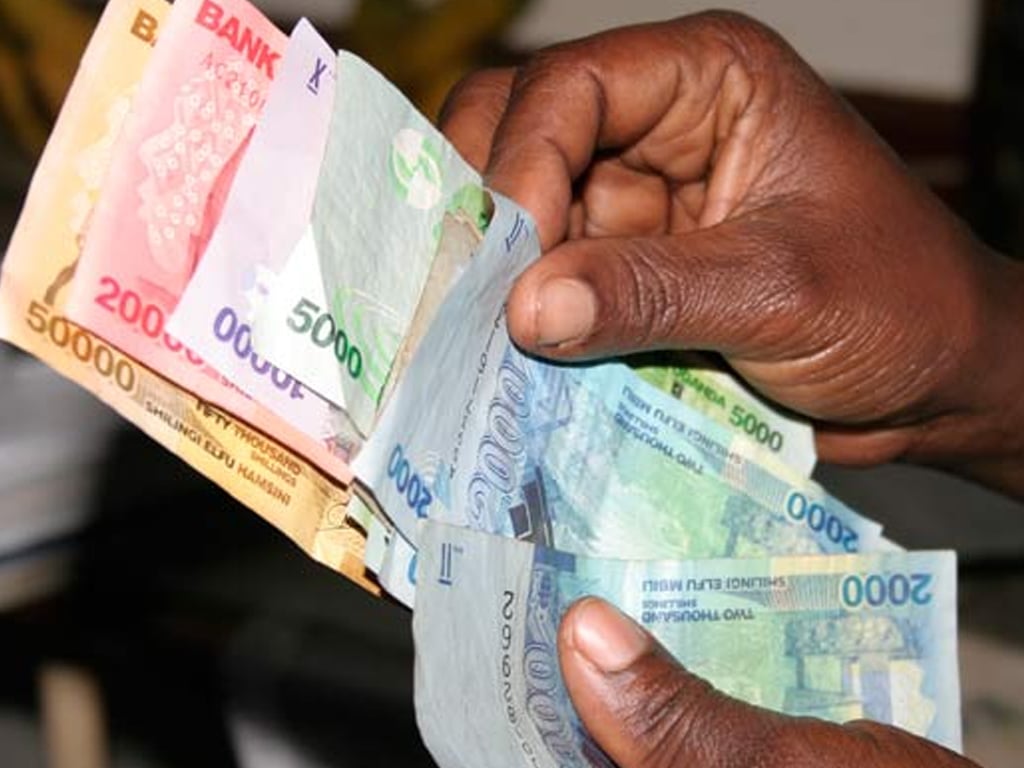
Before December, the shilling depreciated sharply and traded at around Shs3,700 per dollar. Yesterday, it opened at Shs3,757.42 per dollar and closed at Shs3746.08 based on the latest report. Monitor UgandaNews platform based in Uganda.
The Bank of Uganda failed to specify which financial demands will affect the shilling but has previously said it is putting pressure on loan payments and the loan repayment component.
Yesterday, while delivering the monetary policy report for April in Kampala, Bank of Uganda Deputy Governor Michael Atingi-Igo said rising external funding needs are projected to put pressure on the shilling, possibly causing it to weaken. The shilling has been volatile against the dollar this month, partly due to ongoing capital outflows and loan defaults.
Debt payments put pressure on foreign exchange reserves, which fell to $3.5 billion before rising to $3.7 billion as a result of central bank reserve building.
Despite the danger, Dr. Atingi-Ego highlighted that the economy is recovering and is on the way to recovery aided by a good rebound in service and agricultural production.
Nevertheless, quarter-on-quarter growth for the second quarter of the 2022/23 financial year fell to 4.4% from 9.2% in the same period of the previous financial year, due to a decline in industrial output and a decline in service output growth.
The Bank of Uganda has also announced that the central bank rate will remain at 10% to stimulate both the money supply and economic recovery.
Nevertheless, adverse risks to economic growth, such as export demand harming expected growth, high interest rates and cost-of-living pressures, while important, could significantly impact household spending and the private sector, Dr. Capital.
Other risks include lower commodity prices affecting primary commodity exports, adverse weather conditions affecting agricultural production, resurgence of supply chain distortions caused by geopolitical tensions, weaker-than-expected global economic growth developments or tighter and continued more volatile global economic conditions.

